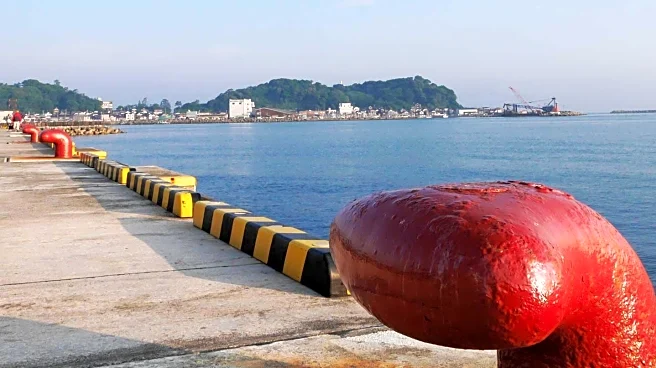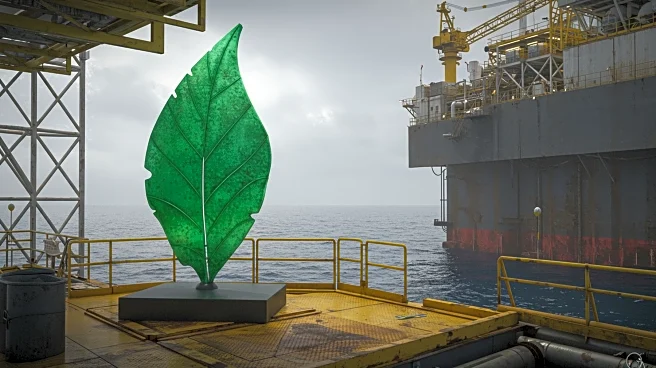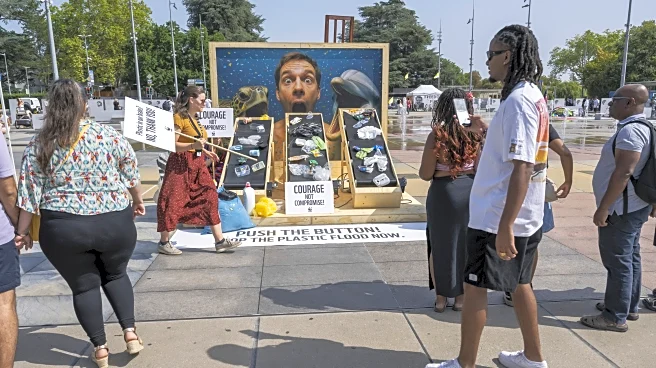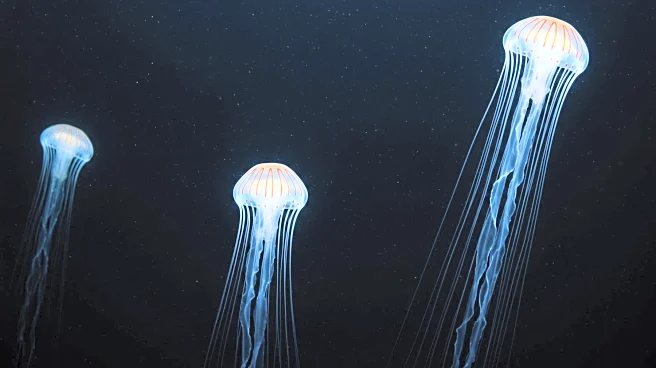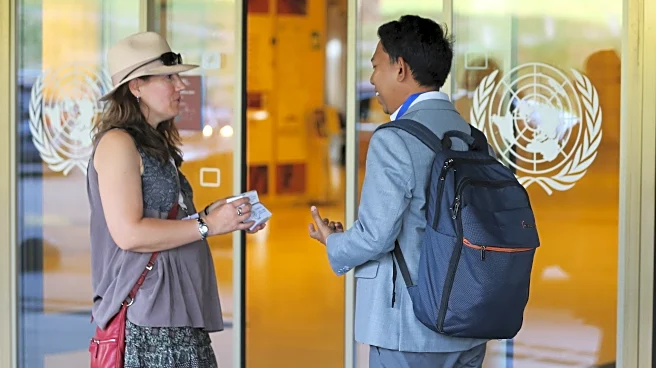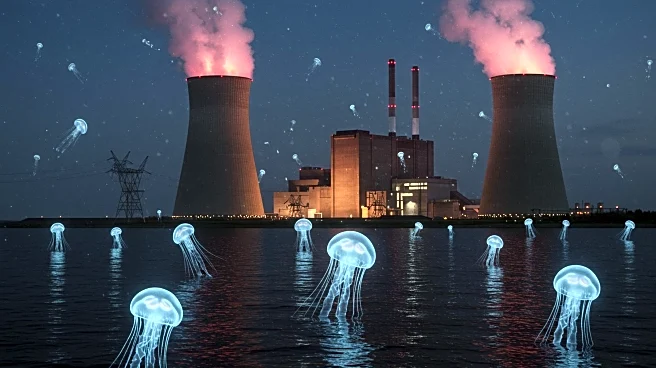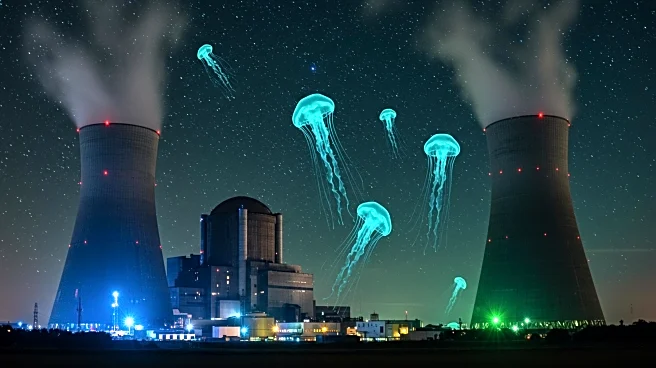Rapid Read • 8 min read
Greenpeace activists have executed a dramatic protest by installing a large artwork designed by British sculptor Anish Kapoor on a Shell gas rig in the North Sea. The artwork, titled 'Butchered,' consists of a 96 square meter canvas stained with a blood-red solution made from seawater, beetroot powder, and non-toxic dye. This installation aims to highlight the environmental damage caused by fossil fuel extraction and the broader climate crisis. The activists sailed to the rig aboard the Arctic Sunrise and scaled the structure to position the canvas, marking the first instance of fine art being exhibited on a working gas platform. Kapoor's work is intended to provoke thought about the destruction of the environment and the role of major oil and gas companies in global warming.
AD
This protest underscores the ongoing tension between environmental activists and fossil fuel companies. Greenpeace's action draws attention to the environmental impact of fossil fuel extraction and the urgency of addressing climate change. By collaborating with a renowned artist, the protest aims to reach a wider audience and stimulate public discourse on environmental issues. The installation challenges the perceived inaction of governments and corporations in tackling climate change, emphasizing the need for more aggressive policies and actions. The protest also highlights the risks activists are willing to take to bring attention to these issues, potentially influencing public opinion and policy decisions.
The protest may lead to increased scrutiny of Shell and other fossil fuel companies regarding their environmental practices. It could also inspire similar actions by other activist groups, potentially leading to more confrontations at sea. Shell has criticized the protest for safety violations, which may result in legal actions against Greenpeace. The event could prompt discussions among policymakers about the balance between environmental activism and legal restrictions on protests. Additionally, the collaboration with Anish Kapoor might encourage other artists to engage in environmental activism, further amplifying the message.
The protest raises questions about the role of art in activism and its effectiveness in conveying complex environmental issues. It also touches on the ethical considerations of direct action and the legal implications of trespassing on restricted sites. The collaboration between Greenpeace and Kapoor highlights the intersection of art and environmental advocacy, potentially setting a precedent for future artistic protests. This event may also contribute to the broader cultural shift towards recognizing the urgency of climate action and the need for systemic change.
AD
More Stories You Might Enjoy
